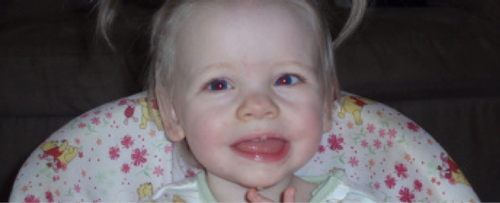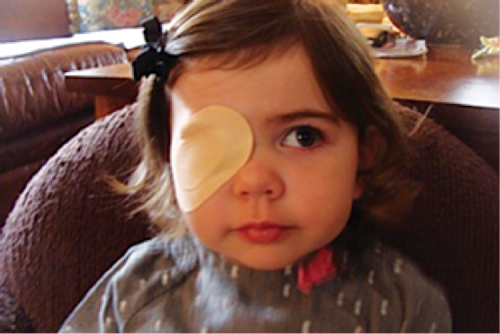School in Georgia is back in full swing. We have had the rush of kids needing glasses, wanting to be fit with contacts, and getting their rec specs for sports. There is also the group of kids that never notices a problem, but has either given their parents a reason for concern, or the teachers or school nurses have found an issue and have referred them in for a complete eye exam.
In my clinic this past week alone, out of approximately 50 children, 3 of them have an amblyopic eye that has never been diagnosed. These children range in age from 5 to 14. Trying to explain the severity of treating amblyopia can be challenging. Many family members may not have vision issues, so of course their child can’t either. Educating family members is a of huge importance and we explain that time is of the essence. Aggressive and consistent treatment is the only way that some vision may be regained.
Amblyopia is a medical term used when the vision in one of the eyes is reduced because the eye and the brain are not working together properly. The eye itself looks normal, but it is not being used normally because the brain favors the other eye. The condition is also called lazy eye. (The National Eye Institute). Amblyopia begins during early childhood. It is estimated between 2 to 3 percent of the U.S. population has some degree of amblyopia.
There are three types of amblyopia. 1.) Deprivation amblyopia is when the lazy eye is caused by something blocking light from entering the eye. An example would be a congenital cataract. 2.) Strabismic amblyopia, which is the most common type of amblyopia. If a child’s eyes do not align appropriately, it can cause double vision. To stop the double vision, the brain will ignore the visual input from the misaligned eye. 3.) Refractive amblyopia can be caused when one eye may have a significant uncorrected amount of nearsightedness or farsightedness.

Image courtesy of Creative Commons

Image courtesy of Review of Ophthalmology
Many doctors may continue care with follow up appointments to check changes in visual acuity and needed changes in glasses prescriptions. The most important part of treatment is consistency at home. Wearing glasses and patching the weak eye is the only way for vision to improve. The more persistent the patient can be, the better. If a child goes without treatment for the early years, visual acuity will be lost. This can cause issues into adulthood for the patient. There are many careers that require two well seeing eyes. This will limit the amblyopic patient. Also, with having only one good seeing eye, there is a caution to care for it. If anything were to happen to the stronger eye, a patient could lose the ability to drive, and do some day to day functions.
Current research is being done to see how old someone can be before treatment for amblyopia is not worthwhile. Of course, the younger a patient can start treatment the better. The only way that a visual impairment such as amblyopia can be diagnosed is with routine eye exams. Teaming up with teachers, school nurses, and pediatricians to help catch any child with the chance of becoming amblyopic will continue to make it less likely for a child to lose their vision. The fight against amblyopia will continue.













